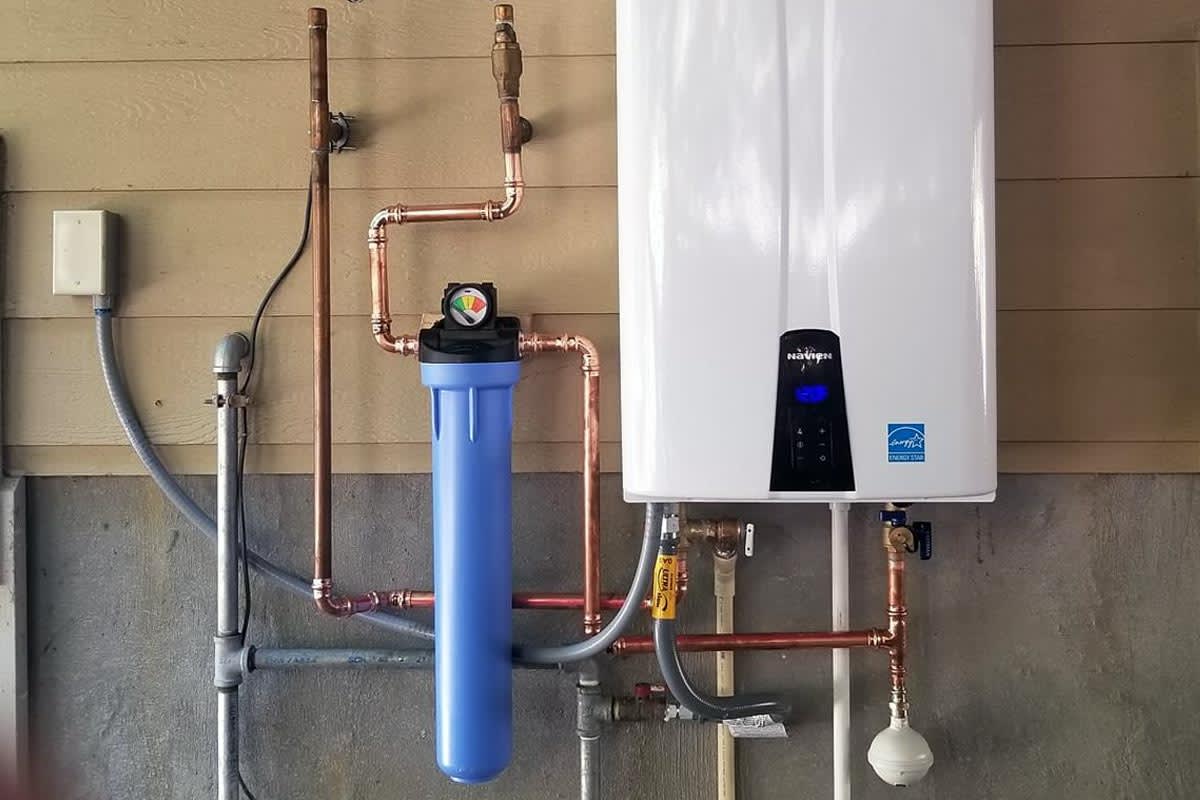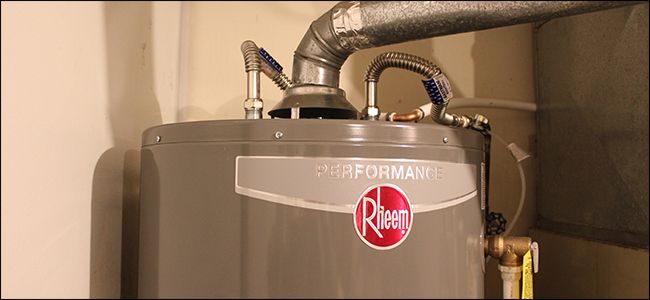Professional Guidance on Caring for Your Home's Hot Water SystemSteps to Prolong the Life of Your Home's Hot Water System Through Maintenance
Professional Guidance on Caring for Your Home's Hot Water SystemSteps to Prolong the Life of Your Home's Hot Water System Through Maintenance
Blog Article
This post further down relating to Water Heater Maintenance Tips You Can't Afford to Forget is particularly motivating. Have a go and make your own personal findings.

Warm water is vital for daily convenience, whether it's for a revitalizing shower or cleaning dishes. To guarantee your hot water system runs effectively and lasts longer, routine maintenance is key. This article gives functional tips and understandings on how to keep your home's hot water system to prevent disruptions and pricey repair work.
Introduction
Keeping your home's hot water system might appear complicated, but with a couple of easy actions, you can ensure it operates efficiently for several years to come. This overview covers whatever from understanding your hot water system to DIY maintenance tips and recognizing when to hire expert help.
Relevance of Maintaining Your Warm Water System
Regular upkeep not only expands the life expectancy of your hot water system yet also ensures it runs efficiently. Overlooking maintenance can cause decreased effectiveness, greater power bills, and even early failing of the system.
Signs Your Hot Water System Needs Maintenance
Understanding when your warm water system needs interest can stop significant issues. Keep an eye out for signs such as irregular water temperature, unusual noises from the heating unit, or rustic water.
Understanding Your Warm Water System
Before diving into maintenance tasks, it's practical to understand the basic elements of your warm water system. Usually, this includes the water heater itself, pipes, anode rods, and temperature controls.
Regular Monthly Maintenance Tasks
Routine month-to-month checks can aid capture minor issues prior to they escalate.
Flushing the Water Heater
Purging your water heater removes debris build-up, enhancing effectiveness and lengthening its life.
Monitoring and Changing Anode Rods
Anode poles stop rust inside the storage tank. Checking and changing them when worn is vital.
Checking and Readjusting Temperature Level Setups
Changing the temperature level settings makes sure ideal performance and security.
DIY Tips for Maintenance
You can do numerous upkeep tasks yourself to maintain your warm water system in leading problem.
Checking for Leaks
Routinely examine pipelines and connections for leaks, as these can lead to water damages and greater costs.
Checking Pressure Relief Valves
Testing the pressure safety valve guarantees it works properly and avoids excessive stress buildup.
Insulating Pipelines
Insulating warm water pipelines reduces heat loss and can save power.
When to Call a Specialist
While do it yourself upkeep is valuable, some problems require professional knowledge.
Complicated Problems Needing Expert Help
Examples include major leaks, electric issues, or if your water heater is continually underperforming.
Routine Professional Upkeep Advantages
Professional upkeep can include comprehensive inspections, tune-ups, and making sure conformity with safety criteria.
Conclusion
Routine maintenance of your home's warm water system is important for performance, longevity, and price savings. By following these ideas and knowing when to look for specialist assistance, you can ensure a reputable supply of hot water without unexpected interruptions.
Water Heater Maintenance Tips
Test the TPR Valve
Shut off the power and the cold-water supply valve. Place a bucket under the pipe connected to the temperature-pressure-release (TPR) valve on the top or side of the tank. (This valve opens if the tank pressure gets too high.) Lift the valve’s tab to let some water out, then let go. If water keeps flowing, drain the tank partway, unscrew the old valve with a pipe wrench, and install a new one. Check the Anode Rod
Put a hose to the tank’s drain cock and let out a few gallons of water. Now fit a 1 1/16-inch socket onto the rod’s hex head on top of the heater (or under its top plate) and unscrew the rod. If it’s less than ½ inch thick or coated with calcium, buy a new one, wrap its threads with Teflon tape, put it back in the tank, and tighten securely. Use this segmented rod if headroom above the tank is limited. Drain the Tank and Wash Out Sediment
Drain the remaining water in the tank into the bucket, then stir up the sediment on the tank’s bottom by briefly opening the cold-water supply valve. Drain and repeat until clean water comes out of the hose. Close the drain cock, refill the tank, and turn its power back on. Adjust the Temperature
Find the temperature dial on the side of the tank and unscrew its cover. Adjust the dial to 120 degrees using a flathead screwdriver. For every 10 degrees the temperature is lowered, you can expect to save up to 5 percent in energy costs. Turn the water heater off or the thermostat down to its lowest setting if you plan to be away from home for more than three days. Insulate the Pipes
Buy some self-sticking 3/8-inch-thick foam pipe insulation that matches the pipes’ diameter. Slide the foam over the hot-and cold-water pipes as far as you can reach. Insulating the cold-water pipe prevents condensation in summer. Peel the tape and squeeze the insulation closed. If the pipe is 6 inches or less from the flue, cover it with 1-inch-thick unfaced fiberglass pipe wrap. https://www.thisoldhouse.com/plumbing/21016402/how-to-maintain-a-water-heater

We were shown that editorial on How to Maintain a Hot Water Heater in a Few Simple Steps through an acquaintance on a different site. Feel free to take the time to distribute this write-up if you enjoyed reading it. I take joy in your readership.
Contact Us Now Report this page